 Shutterstock
Shutterstock
You’ve seen the wild ones—dogs that leap first, think later, and chase anything that moves. But then come the thinkers. These are the strategic breeds, the quiet masterminds plotting their next move like furry chess champions. They assess before they act, watch before they bark, and might pause mid-zoomie to consider the most efficient treat-heist strategy. Bred for herding, working, or simply outsmarting everyone in the room, these dogs flex mental muscle like it’s their job. They don’t just play the game—they figure out how to win it.
Border Collie
 Shutterstock
Shutterstock
Border Collie isn’t just brilliant—it’s freakishly strategic. This breed is the Einstein of dogs, known for its problem-solving ability and remarkable memory. Bred for herding, Border Collies make split-second decisions to move sheep with precision, often without any command from their humans. They scan situations, assess movement, and make calculated choices like a seasoned field general. This is the kind of dog that will learn how to open doors and then wait patiently until you leave the room before sneaking into the pantry.
Poodle
 Shutterstock
Shutterstock
Behind that fancy haircut is a brain working on level 9000. Poodles are highly intelligent and calculated, whether standard, miniature, or toy. They’re capable of analyzing training commands and figuring out how to perform them not just quickly—but efficiently. This breed doesn’t just want to perform tricks; it wants to optimize them. Give a Poodle a puzzle toy and it won’t just solve it—it’ll file a mental patent for its method.
Belgian Malinois
 Shutterstock
Shutterstock
If the Belgian Malinois were human, it’d be the tactical expert in a special ops movie. Used extensively in military and police work, this breed isn’t just brave—it’s brilliant. They calculate their actions based on cues, patterns, and their handler’s behavior. The Malinois thinks before it acts because its job often depends on getting things right the first time. You won’t catch this dog charging without a plan—it’s all mission strategy and precision execution.
Doberman Pinscher
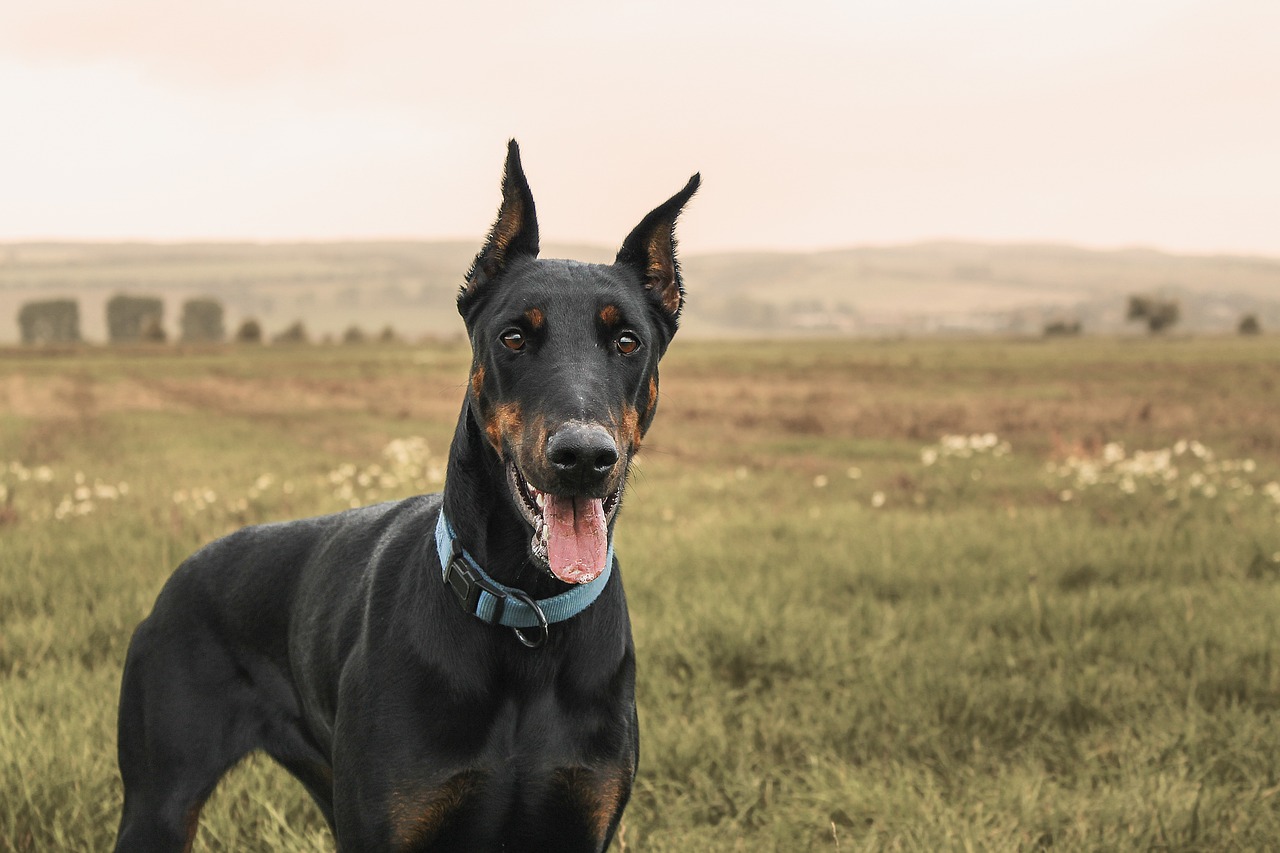 Shutterstock
Shutterstock
Dobermans have a radar for sketchy situations and a logical brain that processes threats before responding. They’re not hot-headed; they’re highly deliberate and alert. These dogs excel at protection work not just because of their power, but because of their thoughtful nature. They read body language, assess scenarios, and then react accordingly. It’s like having a security guard who’s also your therapist—alert but not impulsive.
German Shepherd
 Shutterstock
Shutterstock
German Shepherds are brilliant tacticians wrapped in fur. Often used in service and law enforcement, these dogs analyze situations before making a move. They’re deeply focused, usually watching and learning before taking any action. This strategic thinking makes them ideal for everything from tracking criminals to detecting explosives. The German Shepherd would already be running an undefeated campaign if there were a canine strategy board game.
Rough Collie
 Shutterstock
Shutterstock
Lassie didn’t just bark for help—she weighed the pros and cons of every bark before letting it out. Rough Collies are intuitive and discerning. They observe their environment and calculate responses that protect themselves and their humans. These dogs are gentle, but that gentleness is deliberate—a form of emotional intelligence that adds to their strategic behavior. They’re fluffy philosophers.
Shetland Sheepdog
 Shutterstock
Shutterstock
Shelties may look like mini Rough Collies, but they have their cerebral swagger. Originally bred to herd livestock on the Shetland Islands, these dogs use observation and logic to navigate tricky terrain and stubborn animals. In a household, they quickly learn routines and often anticipate what’s coming next—whether that’s a walk, a visitor, or a rogue piece of food about to fall off the table. You don’t teach a Sheltie tricks; they reverse-engineer them.
Australian Cattle Dog
 Shutterstock
Shutterstock
This breed is a field strategist disguised as a farm dog. Australian Cattle Dogs are quick-witted and methodical, often thinking through the most effective way to herd animals or complete a task. Their independence is built on intelligence—they don’t always need orders; they need a goal. Watch them work and you’ll swear they’re communicating telepathically with the livestock.
Golden Retriever
 Shutterstock
Shutterstock
Golden Retrievers are best known for their sweetness, but don’t let the friendly demeanor fool you—they’re brilliant thinkers. They approach tasks with patience and intent, especially in service and therapy roles where reading human emotions is part of the job. A Golden Retriever won’t just fetch the ball; it’ll figure out the exact trajectory to make your throw look better. Strategic? Oh yes. And charming about it.
Labrador Retriever
 Shutterstock
Shutterstock
Labs are problem-solvers in disguise as goofy goofballs. They’re adaptable, trainable, and analytical when it counts—especially when treats are involved. Their ability to focus on tasks like retrieving game or assisting individuals with disabilities requires strategic thinking. A Lab doesn’t rush in without a plan—it calculates the quickest, most efficient route to glory (and by glory, we mean the snack cabinet).
Papillon
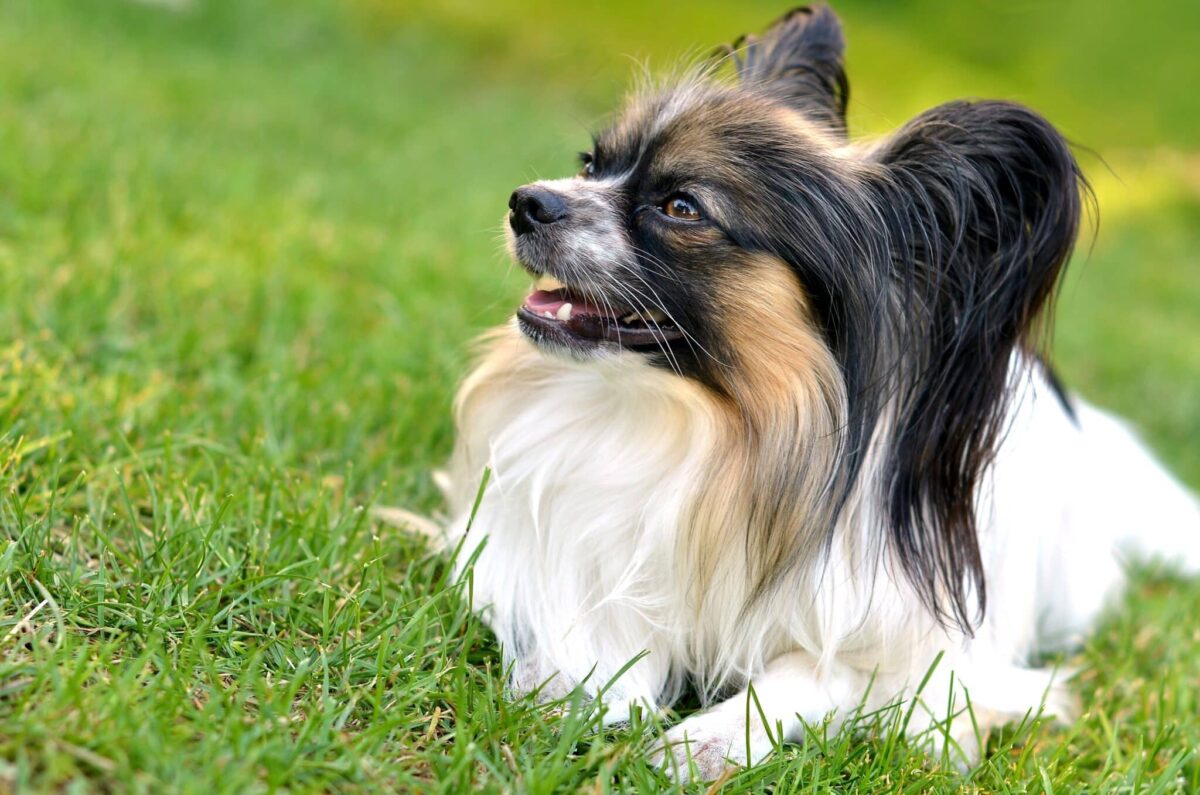 Shutterstock
Shutterstock
Don’t underestimate this little butterfly-eared genius. Papillons are among the most intelligent toy breeds and don’t act without thinking. They’re observant, responsive, and often a few steps ahead of their humans. Despite their tiny size, they’ll watch a scenario unfold before making a carefully timed move. In agility courses, they shine by predicting patterns and reacting faster than competitors twice their size.
Standard Schnauzer
 Shutterstock
Shutterstock
Schnauzers have an old-school detective vibe—stoic, alert, and highly aware of their surroundings. They process information intentionally without analyzing it first and don’t overreact to stimuli. Whether it’s guarding the home or problem-solving in training sessions, these dogs combine intelligence with cautious planning. If you dropped a suspicious item on the floor, a Schnauzer would squint at it first, then investigate with all the care of a bomb squad technician.
Portuguese Water Dog
 Shutterstock
Shutterstock
This water-loving breed isn’t all splash and no thought. Originally bred to help fishermen, Portuguese Water Dogs learned to follow complex signals and perform underwater tasks. That requires both brains and discipline. They don’t just react to commands—they think about how best to carry them out. Their strategy is often displayed when interacting with new challenges, people, or environments.
Nova Scotia Duck Tolling Retriever
 Shutterstock
Shutterstock
This dog lures waterfowl by playing near the shore and strategically retrieves them once shot. That’s right—this breed has a strategy in its job description. Tollers are intelligent and focused, often using playfulness as a calculated tactic. They’re thinkers, not impulsive reactors. Their energy is focused, not frantic, and their decisions are based on careful observation and experience.
Akita
 Shutterstock
Shutterstock
Akitas have the presence of a samurai and the mind of a tactician. They don’t act unless there’s a purpose, and when they do, it’s with careful precision. Known for their loyalty and stoicism, Akitas analyze threats and stay calm under pressure. They’re not the type to charge in barking—they size up the opponent first. This breed defines strategic patience and loyalty, one calculated step at a time.
The Brainiacs Behind the Bark
 Shutterstock
Shutterstock
If dogs played chess, these breeds wouldn’t just play—they’d coach you through your mistakes, anticipate every move, and probably claim victory before the game even started. They’re thinkers, planners, and quiet schemers with fur. Whether it’s a Border Collie herding with laser focus or an Akita silently observing before making a move, these dogs use brainpower like others use brute strength. And when they finally break into a zoomie? Trust us—it’s calculated chaos, executed with the precision of a canine mastermind on a mission.

 1 month ago
25
1 month ago
25


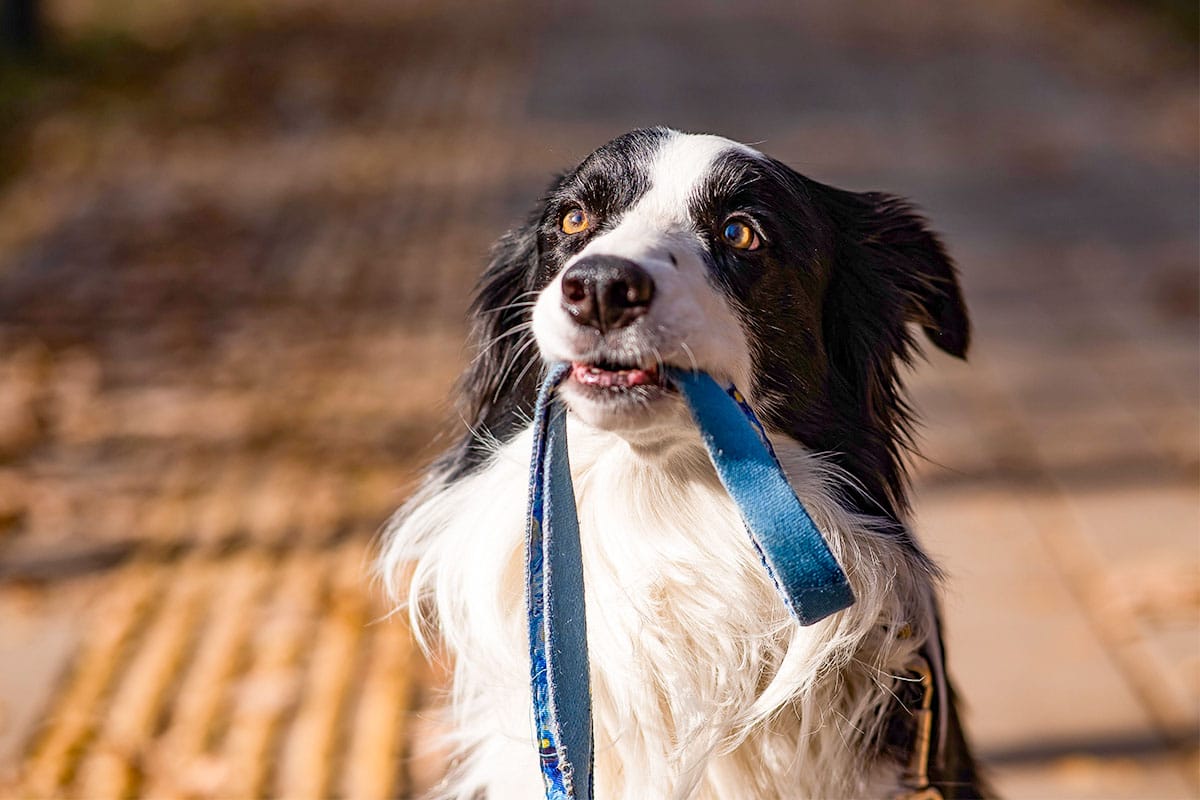



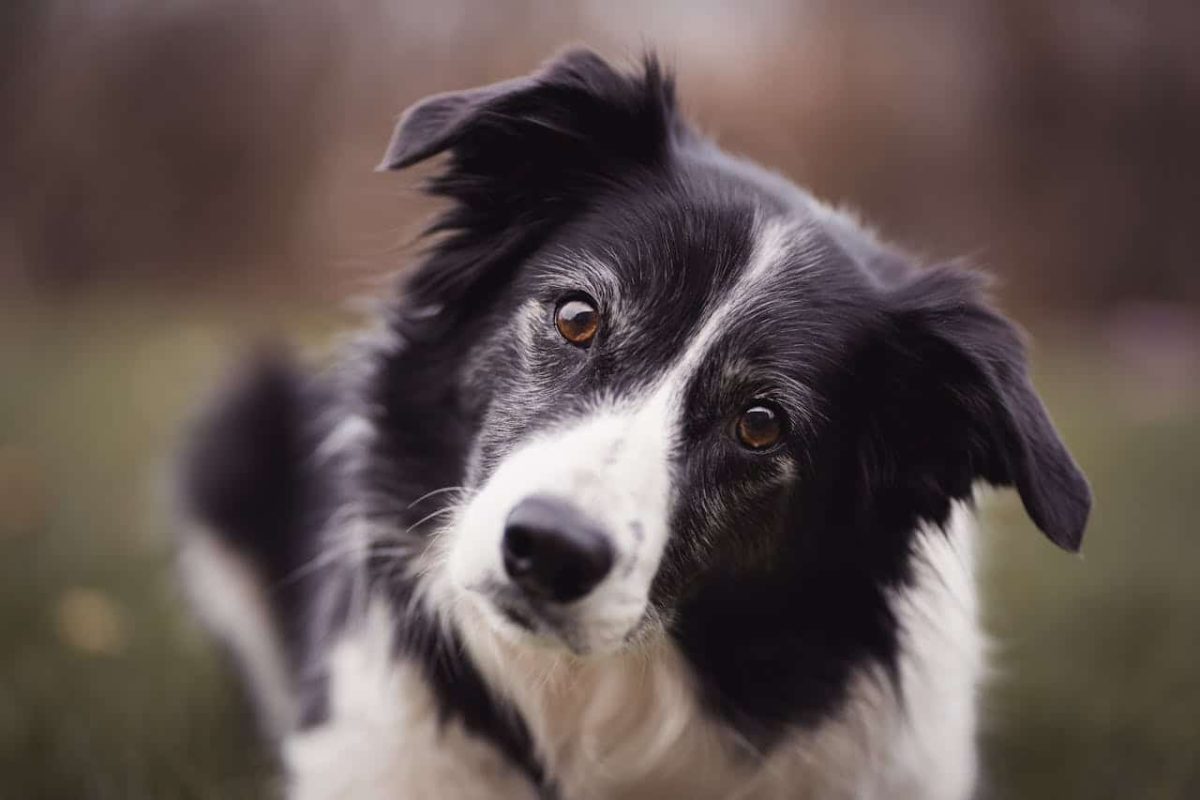
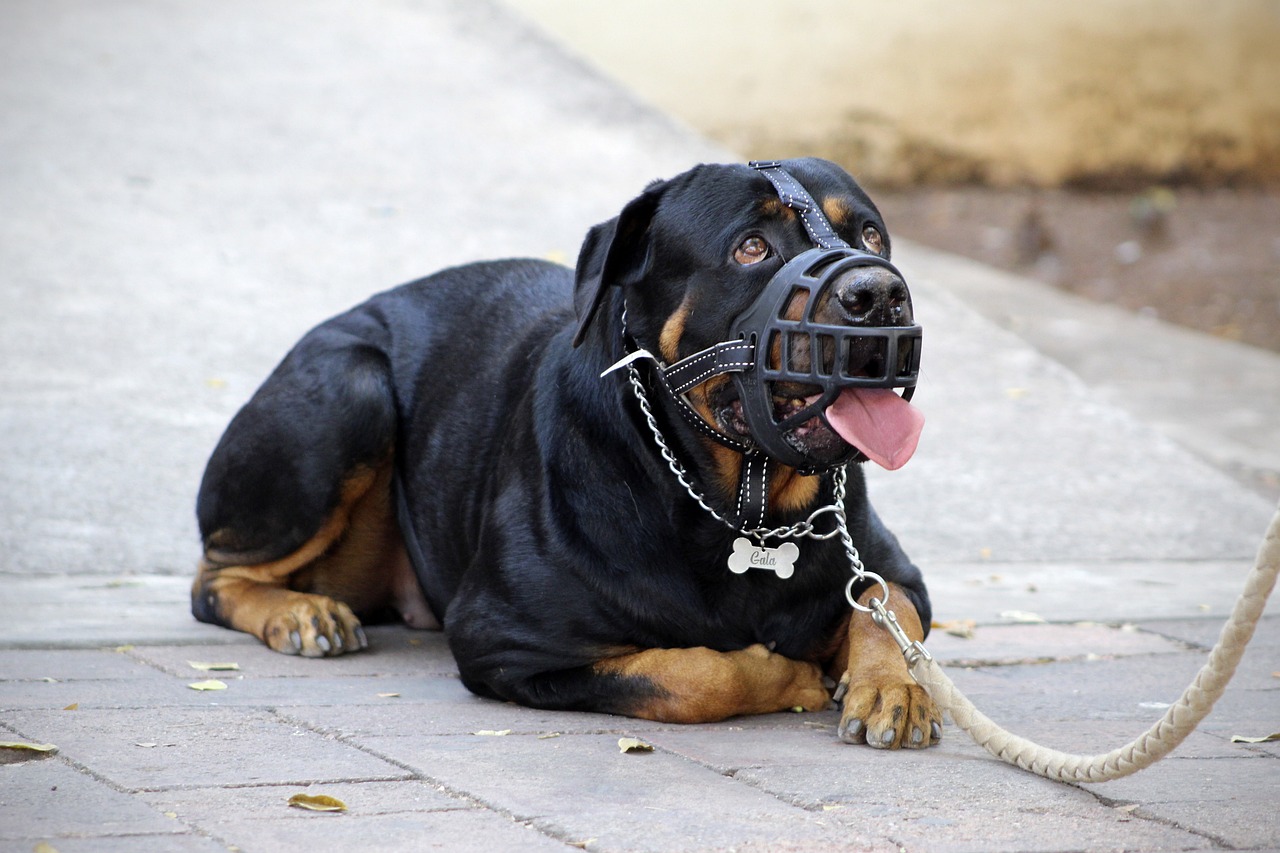





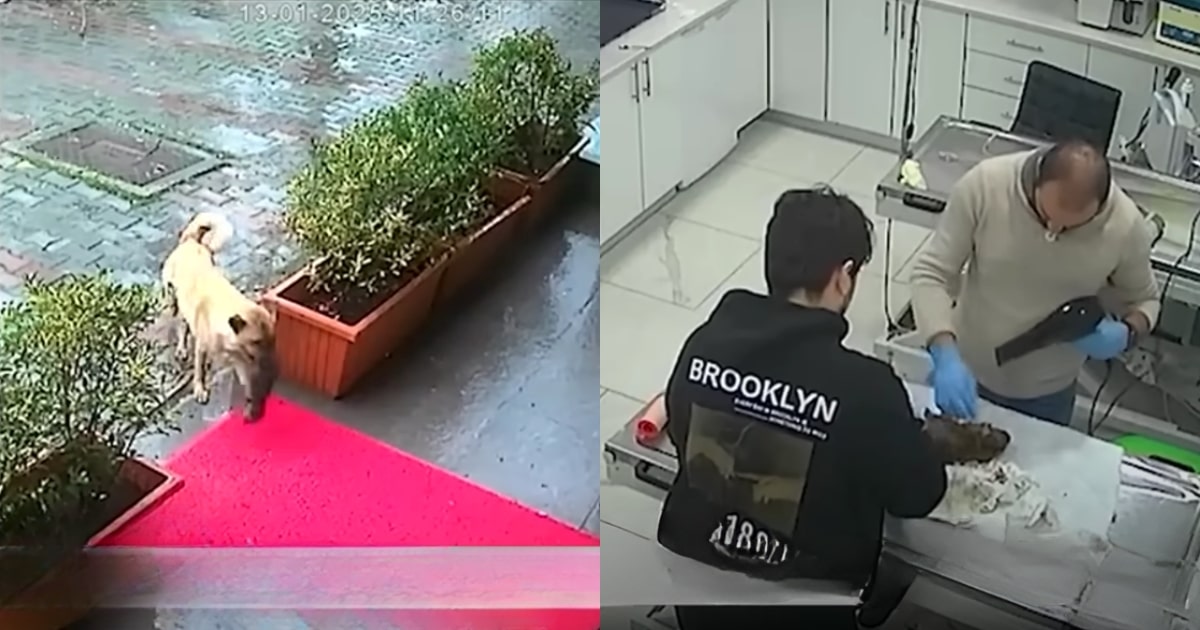




 English (US) ·
English (US) ·